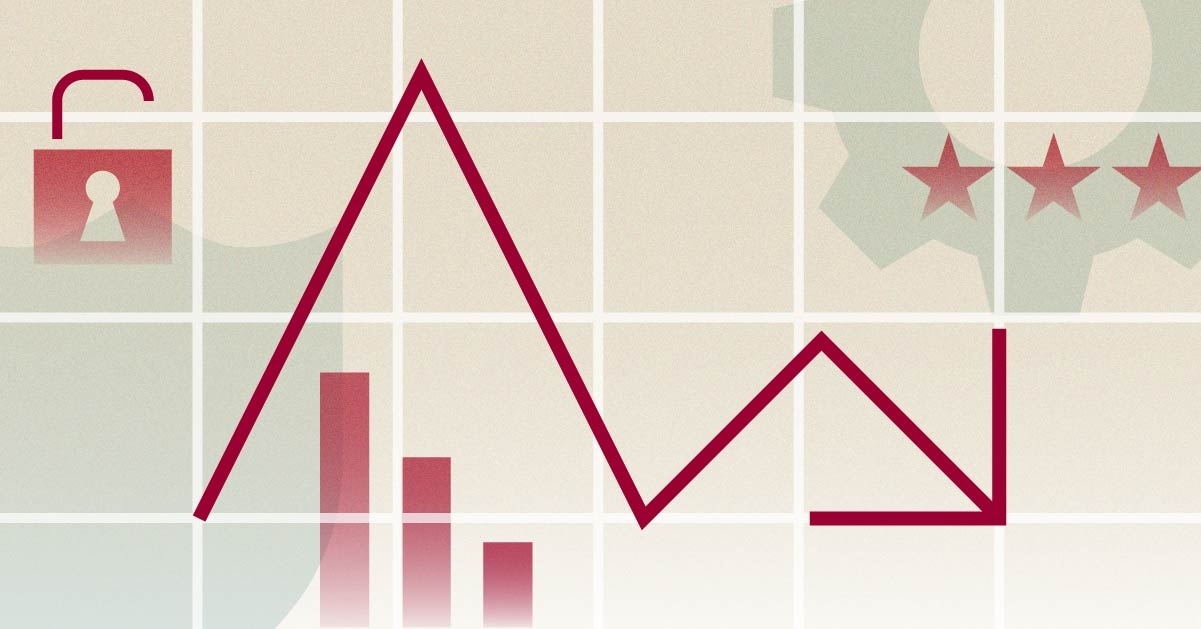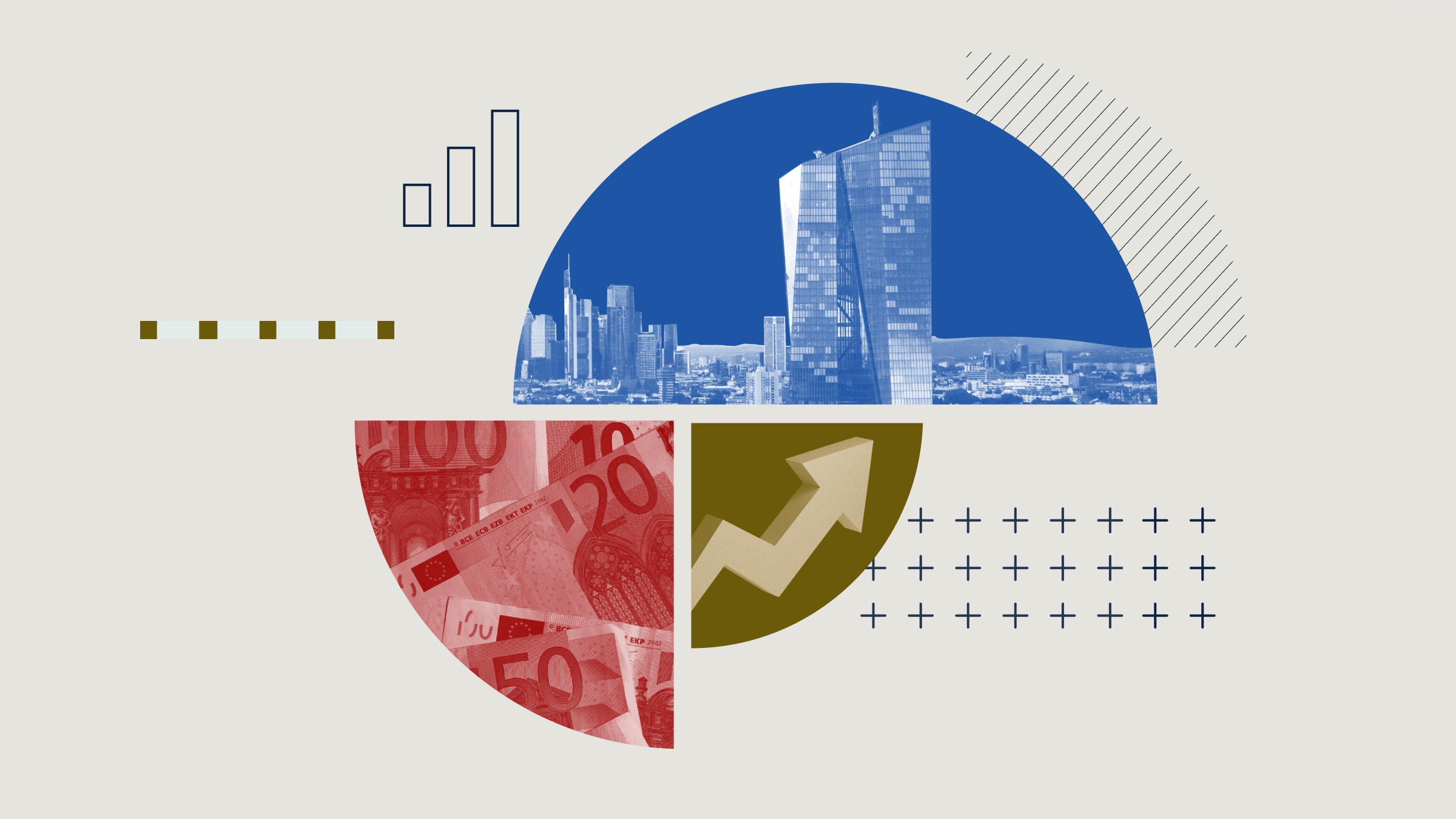I recently hosted a webinar called "Valuation 101," in which I described how our analysts use discounted cash flow modelling to estimate the intrinsic value of stocks. If you missed it, a replay is available here.
We received many questions both before and during the presentation. I answered as many of them as possible during the presentation itself, including:
1) What are economic moat, moat trend, and stewardship ratings?
2) How do you calculate the Morningstar Rating for stocks and the margin of safety bands?
3) How do you calculate free cash flow?
4) How do you estimate a discount rate?
5) Do moats affect Morningstar's fair value estimates?
6) How do you calculate terminal value?
7) How does discounted cash flow analysis relate to P/E multiples?
Some other frequently asked questions that I didn't get a chance to answer are included below.
Can you use discounted cash flow analysis on different industries, like REITs, banks, utilities, etc.?
Yes. One of the advantages of discounted cash flow, or DCF, analysis is that it works for pretty much any kind of company. Morningstar has a slightly different valuation model for certain sectors like banks and insurance, but the basic idea is the same: We believe a company is worth the sum of its projected future free cash flows, discounted back to the present at a rate that provides an adequate return on investors' capital.
Do dividends and share repurchases affect your fair value estimates?
Discounted cash flow analysis is agnostic about the use of cash flows. Free cash flows are counted as they are earned, regardless of whether they are used for dividends, share repurchases, or debt repayment, or are allowed to accumulate on the balance sheet. For some investors, this is an important drawback of DCF compared with more conservative dividend discount models. While dividend discount models were more common in the past, they have fallen out of favor because most companies pay far less in dividends than they theoretically could.
How do you value a conglomerate such as Berkshire Hathaway that operates in multiple industries?
A company like ![]() Berkshire Hathaway (BRK.A) (BRK.B) is a coverage list unto itself. This is why we split up the workload between two analysts: Gregg Warren and Drew Woodbury. We basically build a different DCF model to value each of Berkshire's major segments, and then add them all up.
Berkshire Hathaway (BRK.A) (BRK.B) is a coverage list unto itself. This is why we split up the workload between two analysts: Gregg Warren and Drew Woodbury. We basically build a different DCF model to value each of Berkshire's major segments, and then add them all up.
Does Morningstar's valuation model apply only to long-term investing, or can it also work for shorter time horizons?
Morningstar's goal is to estimate companies' intrinsic values based on their ability to generate cash flows both in the short and long run. This involves reviewing all of the information available at the time and using our subjective judgment to form an opinion about what the future will look like. Our recommendations are based on where stocks are trading relative to our estimates of intrinsic value. If a stock trades meaningfully below what we think it is worth, we recommend buying. If a stock trades for significantly more than what we think it is worth, we recommend selling.
Fair value estimates are very different from the "price targets" commonly published by Wall Street analysts, which are predictions about where stocks will actually be trading in six or 12 months. Morningstar analysts expect stock prices to eventually converge in the direction of their fair value estimates (or more accurately, their rolling fair value estimates, since intrinsic value tends to increase over time), but we try to avoid predicting exactly when that might happen. Sometimes stocks converge to fair value very quickly, while in other cases it can take three years or more. Patience is critical for successful stock investing, in my opinion.
What do analysts mean by "the time value of money"?
As time goes on, companies are collecting cash, and future cash flows are moving closer to the present, meaning they are discounted less. If our cash flow forecasts remain unchanged, the simple passage of time would cause fair value estimates to increase in line with our cost of equity assumptions, less the dividend yield (cash paid out as dividends is received directly by shareholders, rather than contributing to an increase in the company's intrinsic value). This phenomenon is referred to as the "time value of money," and our analysts will frequently give this as the reason for routine increases to fair value estimates.
What growth rate do you use in your terminal value formula?
Shareholder value is enhanced by growth only if a company can invest capital at a rate of return that exceeds its cost of capital (incremental return on equity in excess of the cost of equity). If returns fall below the cost of capital, more growth can actually reduce intrinsic value.
In the Morningstar model, we make the simplifying assumption that value is neither created nor destroyed by new investment in Stage III (the "terminal value"), because incremental return on equity equals the cost of equity. In other words, the growth rate doesn't matter; more growth means more investment (lower free cash flow), and those two factors offset each other.
How can you project future earnings when there is so much uncertainty about a company's future success?
The difficulty of predicting the future is the great challenge of investing. There's nothing unique about a discounted cash flow model--every valuation approach relies on forecasts and assumptions about the future.
A positive aspect of DCF is that it allows you to test a variety of assumptions, to see what impact they would have on fair value. Our analysts normally model at least three scenarios for every company--a base case, a bear case, and a bull case. We also use our models for "reverse DCF"--figuring out what assumptions are implied by stock prices, and then deciding whether those assumptions seem reasonable.
Most importantly, we cope with uncertainty by requiring a margin of safety before making recommendations. The more uncertain our fair value estimates, the greater the margin of safety needed before a stock will trigger our 5-star rating.
Do you always wait for the 5-star or 1-star price before buying or selling?
In my view, there is a difference between making a recommendation on an individual security, and choosing between investments in the context of a portfolio. In a portfolio, every investment decision is relative. The choice to own one stock is also a choice not to own cash, bonds, thousands of other stocks, gold, derivatives, and so on.
While star ratings are interesting, I mostly focus on price/fair value ratios when making decisions for StockInvestor's Tortoise and Hare portfolios. For example, if we can sell a stock trading for a price/fair value ratio of 1.15 (indicating it is 15% overvalued), and exchange it for a stock trading for a price/fair value ratio of 0.85 (indicating it is 15% undervalued), we have accomplished a 30-percentage-point swing in our positioning relative to fair value--even if neither stock involved were rated 1-star or 5-star.
Along similar lines, it can make sense to trade between stocks of similar valuations if we are making a meaningful upgrade in terms of quality. For example, if we were choosing between two stocks that each had a price/fair value ratio of 0.90, but one had a narrow moat, high uncertainty, and a negative moat trend, while the other had a wide moat, medium uncertainty, and a stable moat trend, I would much rather own the latter.
How can you determine whether the overall market is undervalued, overvalued, or fairly valued?
Our approach to equity investing is primarily bottom-up; our analysis of individual companies forms the basis of our view on the overall market. To assess the valuation of the market as a whole, we rank all of the companies in our coverage universe by price/fair value ratio and then look for the median stock. As of this writing, the median stock in our coverage universe carries a price/fair value ratio of 1.03, indicating it is fairly valued to slightly overvalued.
Is it better to hold cash when the market is fairly valued?
As a general rule, I prefer to own a fairly valued high-quality stock to cash. The reason has to do with my answer to the "time value of money" question above. Companies' intrinsic values tend to increase over time--as cash flows are collected, earnings rise, and future cash flows get closer to the present. The value of cash, on the other hand, tends to deteriorate over time with inflation.
On the other hand, the disadvantage of being fully invested in a fairly valued market is that if stock prices later fall and better opportunities become available, you will be forced to sell your holdings, possibly at a discount to their intrinsic values, to raise cash. For this reason, I like to hold about 5% cash in a fairly valued market, as dry powder in case the market offers up a really compelling opportunity at some time in the future. If the market were to become significantly overvalued--which I don't think is the case today--I might build this cash position further.
What impact would rising interest rates have on your fair value estimates?
This is a tricky question. Changes to interest rates can have conflicting implications for valuation models. For example, some companies have revenue that is leveraged to interest rates, and cash flows would benefit from higher rates. If higher rates were accompanied by inflation, that could also increase future cash flows, and make it easier for firms to repay principal on their outstanding debt. On the other hand, higher interest rates could increase discount rates, causing future cash flows to be less valuable today.
Our analysts use 10% as the average cost of equity in their models, which is based on the long-run return on US equities (estimates of long-run returns depend on the time period under consideration, but most put the number somewhere around 10%). We haven't lowered this assumption in response to the current low interest rates. On the whole, I believe our analysts have also baked in a degree of long-run interest rate normalisation in their cash flow and cost of debt forecasts. I don't anticipate changes to interest rates to have a dramatic impact on our fair value estimates, but they could be a modest negative or positive depending on the company and the expectations already incorporated in our models.





























